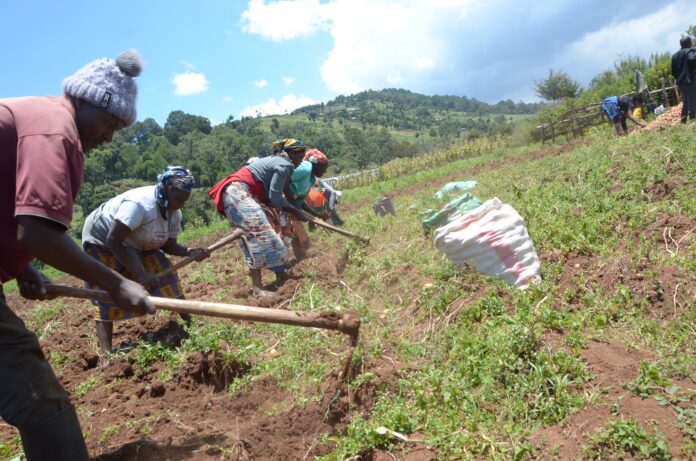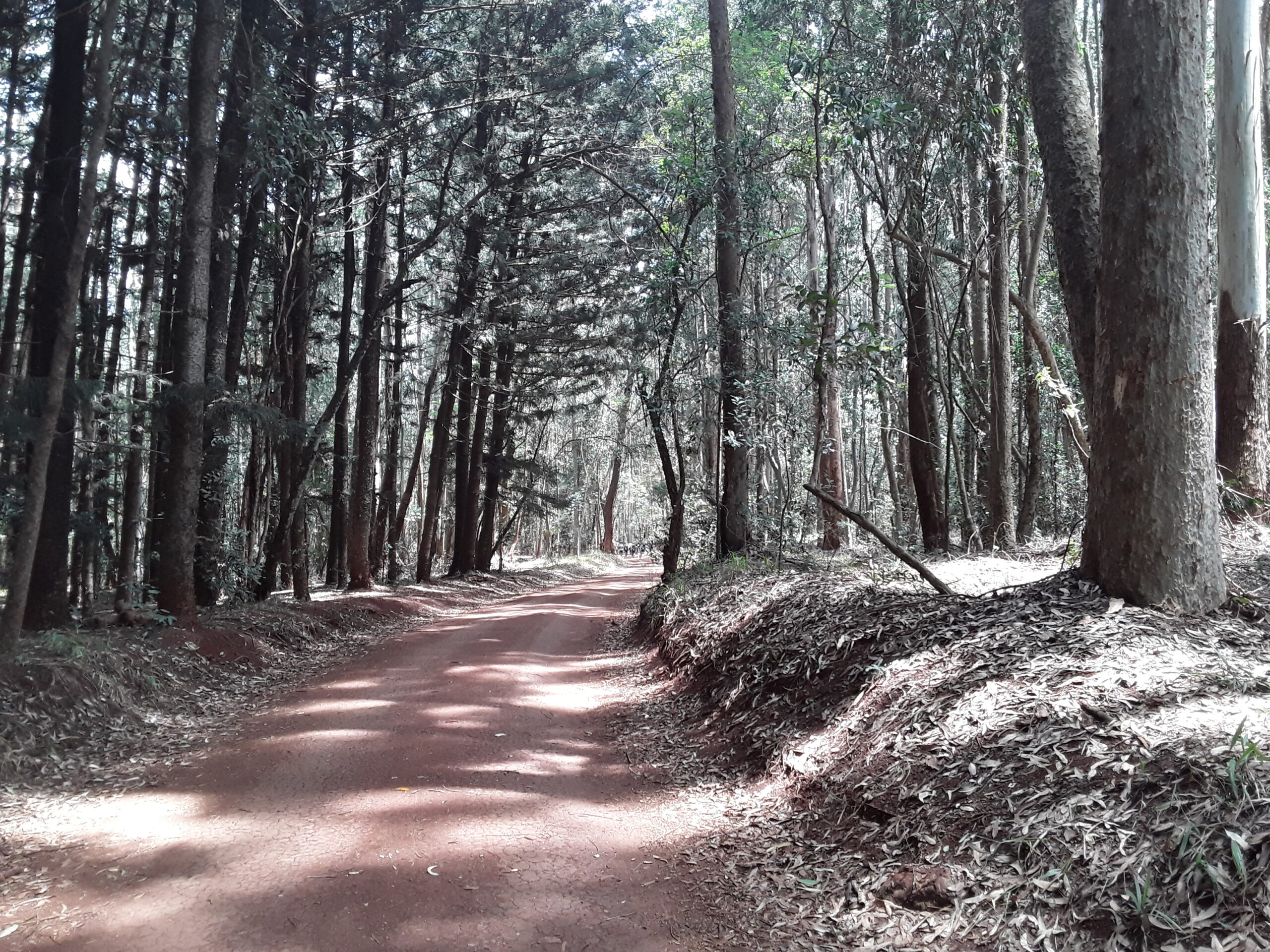
By Joyce Chimbi
Nairobi, Kenya: Alarming reports show that the world’s wildlife populations have declined by 69 percent since 1970. Only 37 percent of rivers that are longer than 1,000 kilometers remain free flowing in their natural state and there is an alarming decline of 83 percent among monitored freshwater populations in the last 50 years.
Against a backdrop of a snowballing biodiversity crisis, experts such as Fred Kwame Kumah, Vice president leadership of the African Wildlife Foundation (AWF), stress that the “survival of wildlife and a healthy ecosystem in Africa hinges on one factor – linking Africa’s conservation agenda in meaningful ways to the aspirations and mindsets of the African people.”
He speaks about the role of the Global Biodiversity Framework in achieving sustainable development, especially in Africa. Further highlighting that biodiversity is central to human development and well-being and that biodiversity conservation should concern people in every corner of the world.
In December 2022, as curtains fell on the 15th Conference of Parties to the UN Convention on Biological Diversity,196 nations signed the Kunming-Montreal Global Biodiversity Framework (GBF), to halt and reverse nature loss. The historic framework consists of global targets to be achieved by 2030 and beyond to safeguard and sustainably use biodiversity.
“Undoubtedly, nature and its biodiversity underpin all economic activities and human well-being globally. The total benefit arising from nature is estimated to be at least $125 trillion annually. However, the predominant economic models fail to fully quantify and cost the benefits and services that biodiversity offers society,” Kumah explains.
The value of nature is such that at least 50,000 wild species are used through different practices, including more than 10,000 wild species harvested directly for human food. An estimated 70 percent of the world’s poor are directly dependent on wild species.

One in five people rely on wild plants, algae, and fungi for their food and income; 2.4 billion rely on fuel wood for cooking; and about 90 percent of the 120 million people working in capture fisheries are supported by small-scale fishing.
Survival of an estimated 12 percent of wild tree species is threatened by unsustainable logging. Several plant groups, notably cacti, cycads, and orchids are threatened by mostly unsustainable gathering. Unsustainable hunting is a threat to 1,341 wild mammal species. Overall, wild tree species account for two-thirds of global industrial roundwood. Trade in wild plants, algae, and fungi is a billion-dollar industry. Even non-extractive uses of wild species are big business.
Pre-COVID, tourism based on observing wild species is one of the main reasons that protected areas globally received 8 billion visitors and generated US$600 billion every year. Within this context, Kumah emphasizes that human survival depends on people understanding the value of nature and preserving it in all its forms, therefore, putting nature on a quantifiable, ambitious path to recovery.
“Existing economic growth and wealth generation models are based on unsustainable production and consumption patterns that incur and defer significant social and economic costs with detrimental impacts on people and long-term development,” he cautions.
Ken Mwathe – policy, climate, and communications coordinator at BirdLife International, Africa says that there is irrefutable evidence that climate action is needed now. In the agriculture sector, there will be shorter growing seasons, and net crop revenues are projected to fall by 90 percent in Africa by 2100.
“In food security, maize crop yield is estimated to drop by 40 percent by 2050. Approximately 300 million Africans depend on maize as a main food crop. There will be significant water stresses. Access to water will be a main source of conflict in the next 24 years. Estimates show that 350 to 600 million Africans will experience water stress by 2050,” Mwathe explains.
Further indicating that: “In Africa, temperatures are expected to rise by 1.5 – 3°C if no action is taken. Warming will be higher than the global annual mean. In human health, more than 80 million people will be at risk of contracting malaria by 2080. Africa’s mountains could lose their glaciers in the next two decades.”
According to Kumah, the increasing gaps in climate and biodiversity financing affirm Africa’s missed opportunity to drive sustainable development by unlocking and growing the biodiversity economy. Globally, the estimated gap for adaptation in developing countries is expected to rise to $340 billion per year by 2030, and up to $565 billion by 2050 while the mitigation gap is at $850 billion per year by 2030.
“Additionally, the biodiversity funding gap is projected to be in the range of $598 to $824 billion per year by 2030 growing to $4.1 trillion by 2050. As home to a third of global ecosystems, nature essentially presents Africa with an untapped investment and green development opportunity and is a key strategic asset that can be used as bargaining power in the global arena. The global biodiversity conservation and climate agenda cannot succeed without Africa and needs to be twinned,” Kumah observes.
He says that this is where the Kunming-Montreal Global Biodiversity Framework comes in, as a blueprint agreement with what it takes for Africa and the world to make substantial progress towards reaching the 2030 targets and the goals of this Framework.













